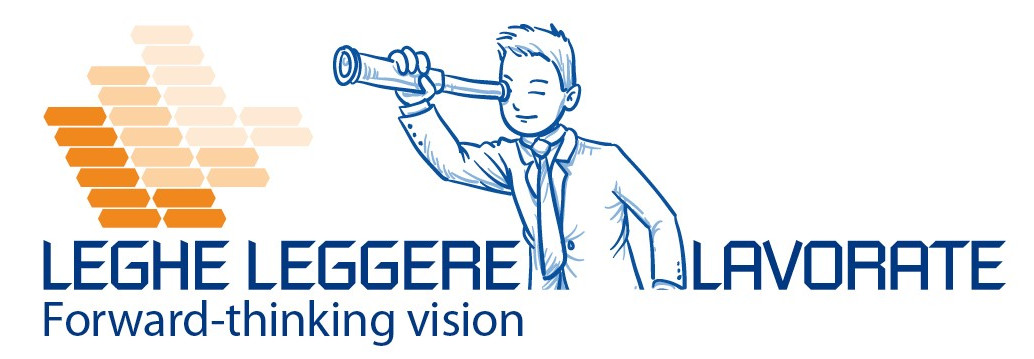One of the advantages of the manufacturing of a disposable kit is the possibility of using technologies such as injection molding to produce handles for instruments and other components of the instrument kit.
It is usually necessary to use tools that are already on the market with few possibilities for customization, when manufacturing classic instruments that have limited lots.
This possibility exists also in disposable kits but it is hardly used, for various reasons.
Injection molding, everything you need to know
Thanks to injection molding it is also possible to manufacture handles already integrated with the instrument in the molding phase. This process is called co-molding.
Thanks to co-molding, ready-to-use instruments can be created, avoiding manipulation by the surgeon in the operating room.
Plastic metal co-molding: injection molding
The solid bond between the metal part and the plastic handle (a technical plastic for medical use resistant to sterilization) is guaranteed by some precautions made in the design phase.
These measures avoid the rotation of the metal part inside the handle and also the coming out of it.
In addition to the design precautions, the “tricks” used for the co-molding of the components are also important.
As you can imagine, for the co-molding of the metal part inside the plastic material, it is necessary that the first is already present in the hollow of the mold before it closes and the molten plastic is injected.
To do this, during the design phase, suction cups are provided in order to suck and hold the metal part in position within the hollow area where the plastic resin will be injected until the mold is closed.
What does it happen after co-molding?
After the injection and subsequent cooling of the resin, the two parts are integrated and it is impossible to divide them apart without breaking the handle!
Any metal part, not just screwdriver or burr parts, that needs to be co-molded into a disposable kit is studied in the same way.
The use of injection molding and co-molding for the production of disposable kits has allowed, to significantly reduce the cost of tools in addition to customization,. This is not due to poorer materials, but due to a much more favorable economy of scale than traditional instruments.

